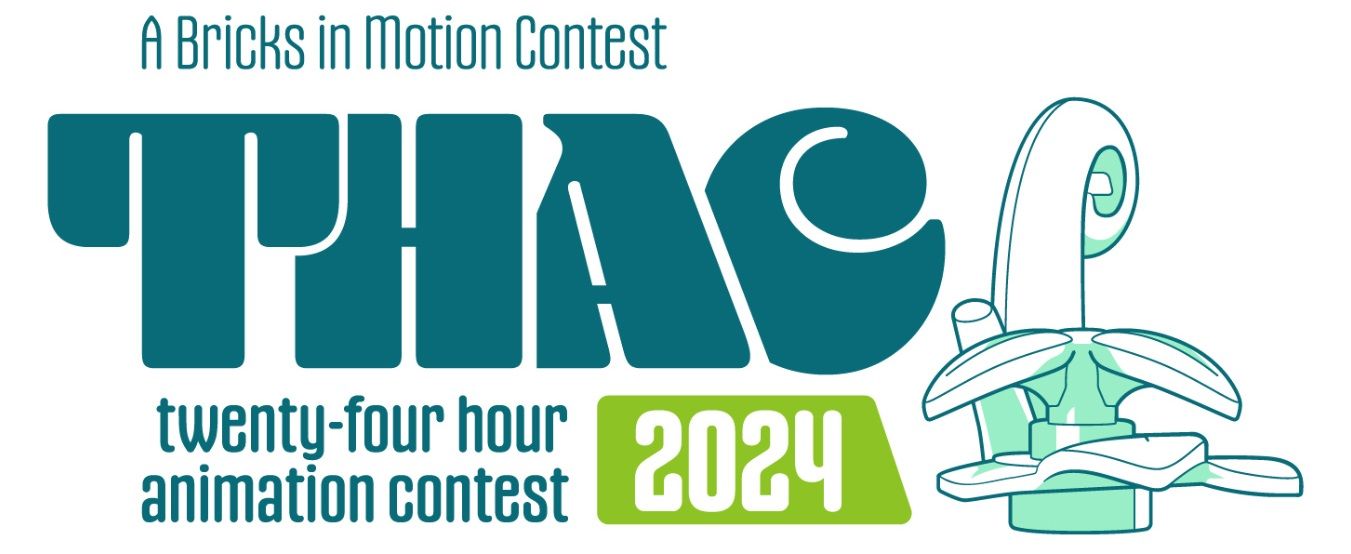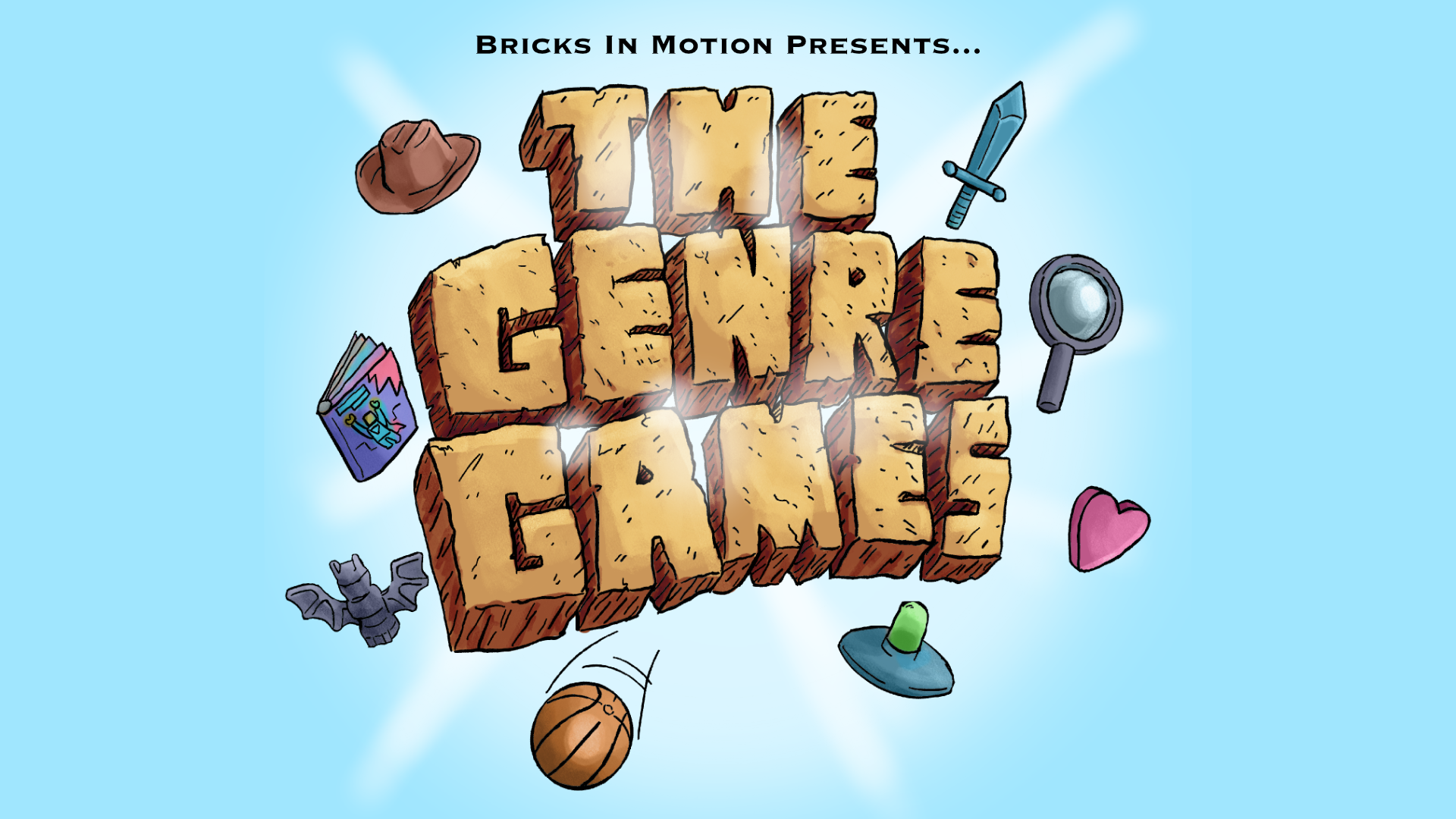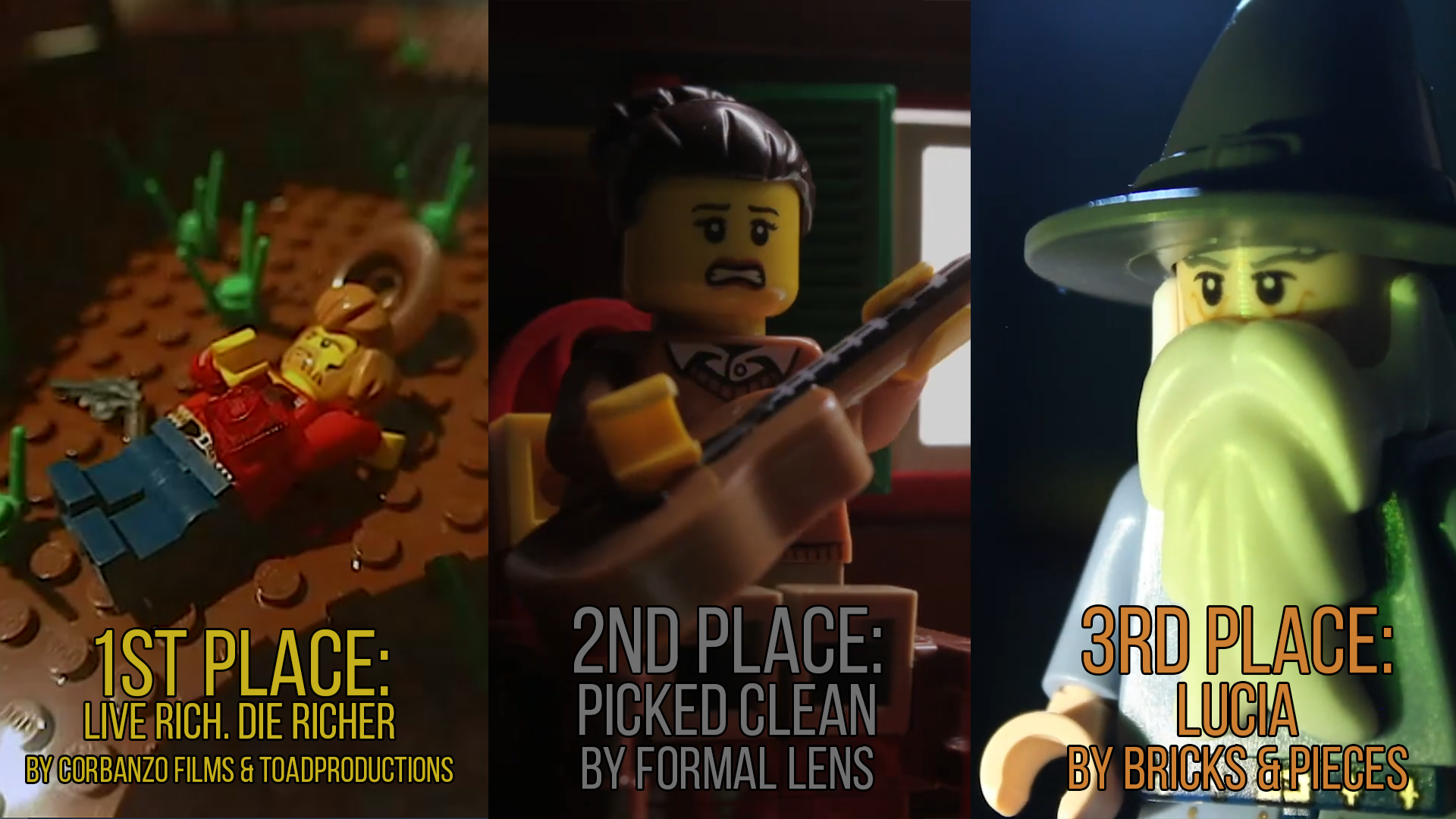Topic: Brickfilming Discussion Week 12: The Spoken Word
Welcome to the Weekly Bricks in Motion Filmmaking & Brickfilming Discussion thread!
These threads are designed to inspire discussion, debate and discourse on the topics of filmmaking, brickfilming, storytelling and LEGO. Each week I will start a new thread with a new discussion topic. Everyone is welcome to contribute as long as you have something thoughtful to say. Paragraphs are encouraged! If you are going to participate in this thread, please keep the discussion civil and refrain from pointless jokes, image macros, or “memes.”
Please stay on topic and keep your comments civil and respectful of other members.
This week’s discussion topic:
What are your thoughts on relying on dialog to tell a story?
What are the advantages and disadvantages of using dialog in films? What about using no dialog and instead relying entirely on the visuals? What is gained, and what is lost?
Previous Discussions:
Week 1: Why LEGO?
Week 2: Dealing with the Mockers
Week 3: Brickfilms with Licensed Themes
Week 4: Challenges Unique to Brickfilmers
Week 5: For Mature Audiences Only
Week 6: Please Like, Comment and Subscribe
Week 7: Areas of Improvement
Week 8: Be Inspired
Week 9: Modding and Mega-Bloks
Week 10: We'll Do it in Post
Week 11: Learn from the Best
Feel free to continue to contribute to the previous discussion threads as well. Just because they are older doesn't mean they aren't relevant any more!










